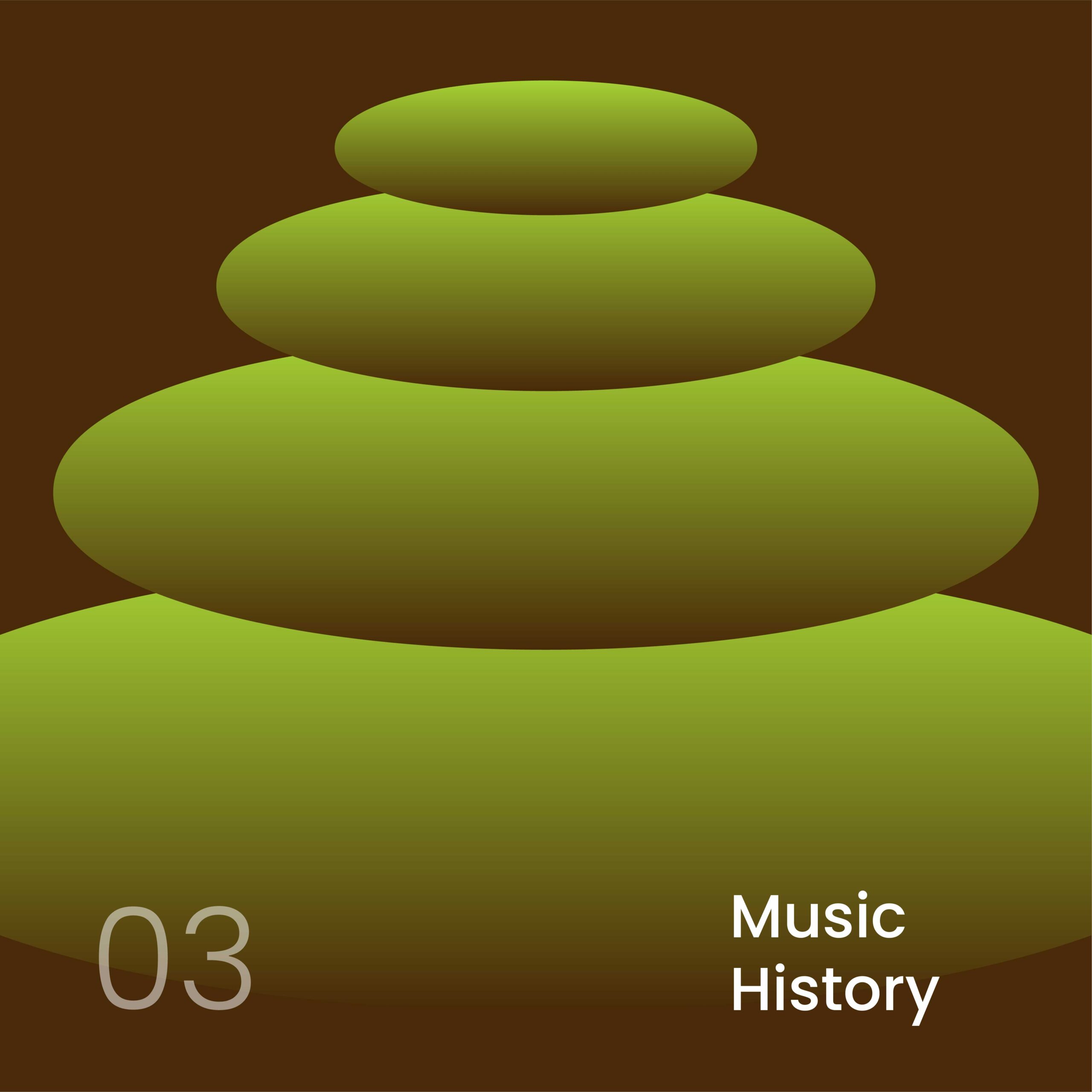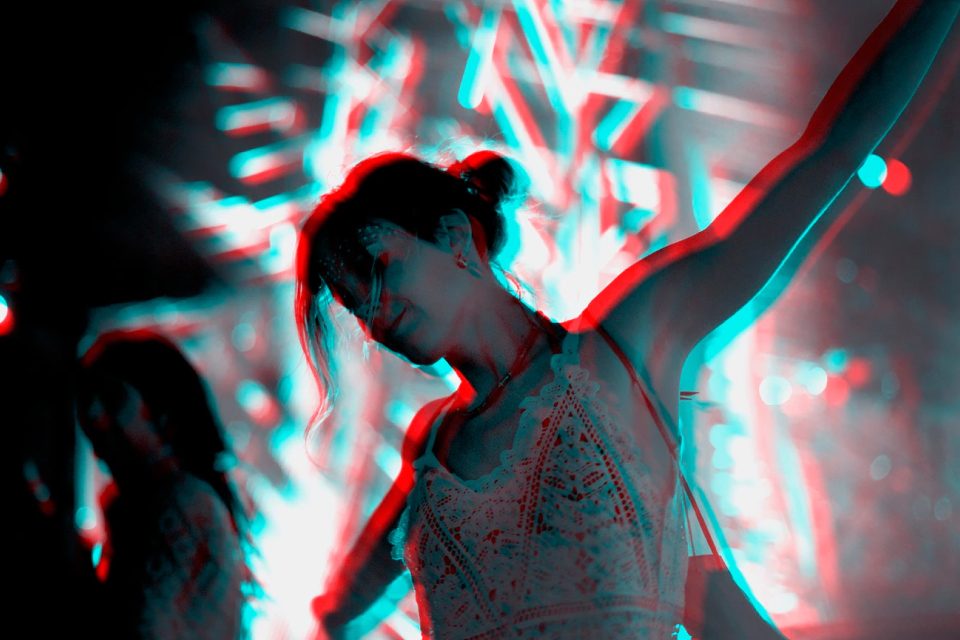Notes of the Future: The Origins of Music Notation
Imagine trying to recreate your favorite song without knowing its tune or lyrics. That’s what the world of music looked like before the invention of music notation. Before a system to preserve melodies existed, music relied solely on oral traditions, where teachers passed tunes down to students, generation after generation. Yet, with the passage of time and the expansion of musical complexity, humans devised ingenious ways to document sound—laying the foundation for how music is taught, composed, and shared today.
Music notation’s story begins in ancient Mesopotamia, where the first known records of written music date back to around 1400 BCE. These early forms of notation were discovered on clay tablets, written in cuneiform, and primarily detailed instructions for tuning stringed instruments like the lyre. Although rudimentary, these markings were a breakthrough—they represented an attempt to organize and communicate music systematically.
In ancient Greece, thinkers like Pythagoras made strides in understanding musical structures, linking sounds to mathematical principles. Greek notation, a precursor to modern systems, used letters and symbols to indicate pitch and rhythm. However, it was limited in scope and more focused on theory than practice. Around the same time, India’s ancient Vedic traditions developed a sophisticated oral system for preserving melodies, using syllables to signify notes. This approach, known as svara, laid the groundwork for the ragas that dominate Indian classical music today.
The evolution of music notation took a monumental leap during the Middle Ages. In Europe, Christian monks sought a way to standardize the chants used in religious ceremonies, giving rise to neumes. These marks, placed above the text of hymns, provided a visual guide for melodic movement, though they lacked precise pitch and rhythm. Over time, neumes became more detailed, eventually transforming into square-shaped notes on a four-line staff, a system credited to Guido of Arezzo, an Italian monk. Guido also developed the solmization method (the precursor to “Do-Re-Mi”), which helped singers learn and memorize melodies more effectively.
Simultaneously, India and other parts of Asia continued to rely on oral traditions, complemented by notation systems tailored to their cultural needs. Indian classical music, for instance, utilized swara notation, a series of written symbols indicating pitch and embellishments. Unlike Western notation, which focused on precision, Indian systems prioritized fluidity and improvisation, reflecting the dynamic nature of ragas.
The Renaissance era marked another pivotal moment in the history of music notation. With the invention of the printing press in the 15th century, composers could distribute their works more widely than ever before. Notation systems became more standardized, using a five-line staff and clear symbols to denote rhythm, pitch, and dynamics. This allowed for greater collaboration among musicians and laid the groundwork for the explosion of musical innovation during the Baroque and Classical periods.
Meanwhile, in India, music remained largely oral, though written treatises like Bharata’s Natya Shastra (dating back to 200 BCE) meticulously described musical forms, instruments, and performance practices. The Indian system valued the spontaneity of live performance, a philosophy that differed from the precision sought in Western music. However, both traditions shared a common goal: preserving and advancing the art of music.
As Western music evolved, so did its notation. By the 19th century, composers like Beethoven and Chopin used notation to include intricate details, from tempo markings to emotional expressions. This level of specificity enabled orchestras and ensembles to interpret their works with remarkable consistency, ensuring the composer’s intent was faithfully reproduced. In contrast, Indian musicians continued to rely on oral traditions, with notation serving as a supplementary guide rather than a definitive blueprint.
The 20th century brought radical changes to music notation. Avant-garde composers experimented with graphic scores, using abstract symbols, shapes, and lines to represent sounds. This pushed the boundaries of how music could be documented and performed, emphasizing creativity over uniformity. At the same time, Indian musicians like Ravi Shankar popularized Indian classical music in the West, blending its improvisational spirit with structured compositions.
Today, technology has transformed music notation yet again. Digital tools like MIDI (Musical Instrument Digital Interface) and software like Finale and Sibelius allow composers to create and edit scores with ease. Apps and platforms provide interactive ways to learn music, breaking down the barriers between notation and performance. In India, apps like Riyaz and platforms like YouTube tutorials are democratizing access to classical music education, ensuring ancient traditions thrive in the digital age.
Despite these advances, the essence of music notation remains the same: to preserve, communicate, and share the beauty of sound. Whether it’s a symphony performed in Vienna, a Carnatic concert in Chennai, or a lo-fi beat produced in someone’s bedroom, the systems devised by ancient and modern cultures continue to shape how we experience music today.
The origins of music notation are a testament to human ingenuity. From clay tablets to digital scores, each step in its evolution reflects our enduring desire to capture and share melodies that move us. In a world where music is more accessible than ever, these systems bridge the past and the future, ensuring the notes of yesterday inspire the harmonies of tomorrow.













